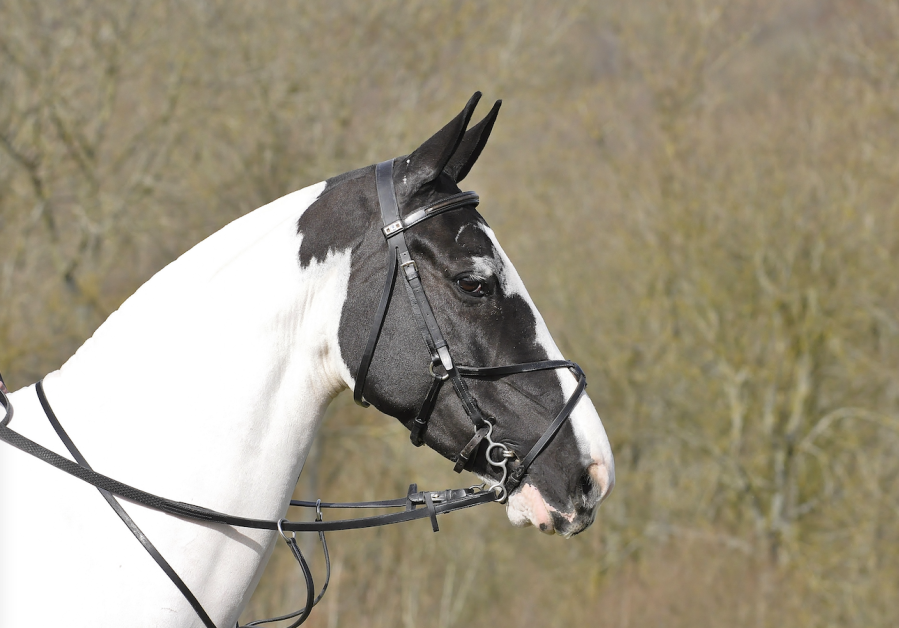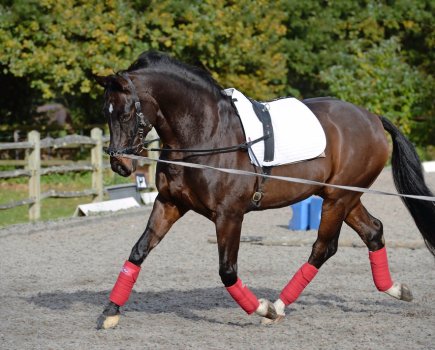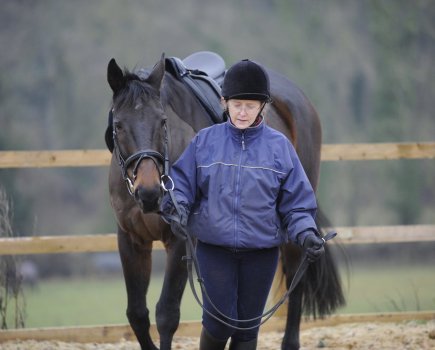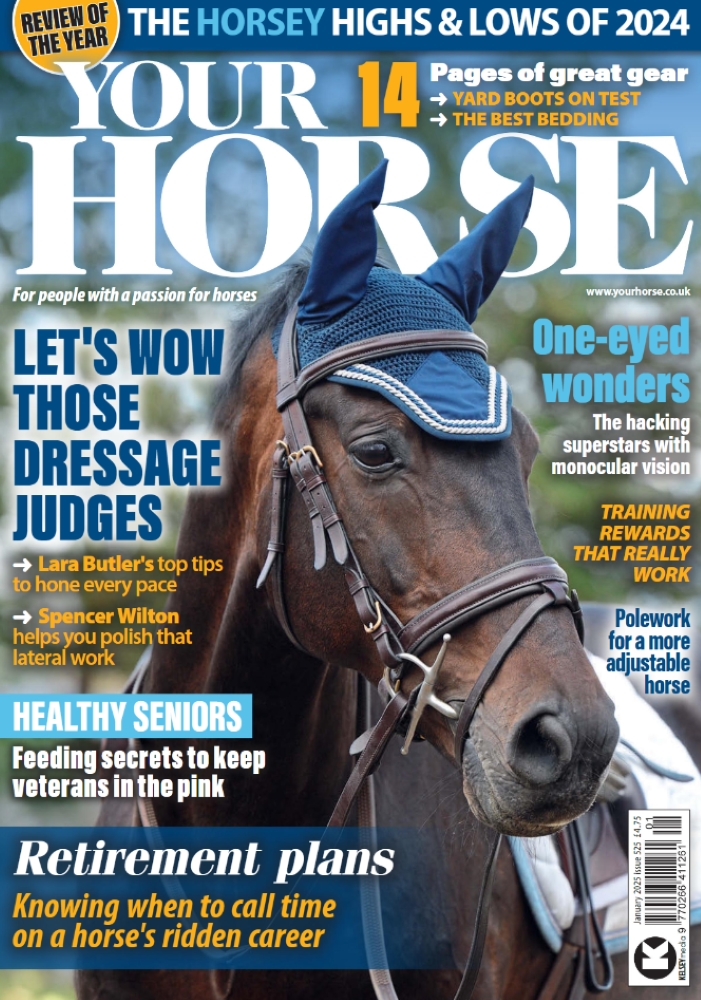It is frustrating when a horse becomes distracted when you’re riding them, their minds seemingly a million miles away from the task at hand and certainly not focused on you. It can also be concerning, as you feel you have lost your horse’s concentration and they are no longer listening to you.
Every horse will lose focus at some point. It could happen when you’re hacking or at a competition, or when you’re training at home or having a lesson — and anywhere else you ride your horse. How quickly and easily you win back their concentration depends on how you deal with it in the first place. It is also possible to prevent a loss of focus by recognising the early signs and engaging your horse’s brain accordingly.
Why do horse’s lose concentration?
According to five-star event rider Bubby Upton, a horse loses concentration for two major reasons:
- Reacting to seeing or hearing something for the first time;
- Getting bored because the demands of a ridden session are insufficient to engage their clever brain.
Over time, exposure to new places and experiences teaches a horse that there is no need to become distracted, but how you introduce them to these new things will be dictated by their character.
“I am a big advocate of exposing young or green horses in a controlled way to ensure that they don’t become overwhelmed and explode,” says Bubby, who made an incredible comeback from a spinal injury in less than nine months to finish 10th at Badminton in May earlier this year.
“Some horses will have the brain to take on a challenge like a new venue or atmosphere, while others need to be protected. A very good horse of mine, Its Cooley Time, fell into the latter category and I had to produce him very carefully. He’s now nine with a great three-star record, but he couldn’t have handled the big atmospheres as a youngster.
“Distracted horses tend to learn that if they don’t listen to their riders they get in a pickle and make mistakes, such as getting too close to a fence, for example,” continues Bubby. “Ultimately, though, you should treat and train your horse as an individual, taking into account their history and character and adopting an empathetic, patient view. When you genuinely know your horse, you will find the key to their potential.”
Look for warning signs
According to Bubby, horses give warning signs when they’re about to lose focus — and lifting their head is a big one.
“You can practise certain attention-grabbing techniques in training so that in a competition environment you have a tried-and-tested toolkit to refocus them,” she says. “A go-to of mine is to ride a little lower, widening and lowering the hand for a couple of strides as though asking for a longer outline.
“This new instruction will help to regain your horse’s attention and compensate for the hollowing when they lifted their head, thus returning their head carriage back to the original frame,” adds Bubby. “With practice, this adjustment will be subtle to the eye, but will communicate your intention perfectly to your horse.”
Don’t freeze
Some riders instinctively freeze when they feel a horse lose concentration or spook, taking off their leg and blocking the rein. This, however, makes you totally ineffective in the saddle and gives your horse permission to continue being evasive or reactive.
“The only way to engage a horse who becomes distracted in this way is to give them more to think about,” advises Bubby. “You need to give them more to do to regain their focus. Transitions are a great place to start, not just between gaits but within them, too, as well as transitions into lateral movements, such as leg yield or shoulder-in.
“Bear in mind, though, that you need to be in control throughout these transitions to make them count, so aim for just a few steps of shoulder-in, or a couple of lengthened strides rather than careering round the school in a big extended canter. It is about quality, not quantity.”
Jump from trot
Sometimes, knocking fences down can be because your horse isn’t engaging with the question. At other times it might be because they’re rushing — or it may be a combination of both.
“My advice is to reduce your speed. There is value in jumping from a slow trot and this is something that I do all the time. It gives the horse time to register and read what’s in front of them and, as with your flatwork, you can give them more to think about by adding bounces and take-off and landing poles,” says Bubby.
“As tempting as it may be to allow the horse to canter, don’t risk them charging through and ignoring the question. Keep the trot steady and let the exercises do the work.”
Reinforce the basics
Bubby explains that the solution to a horse not listening out hacking — which may result in them spooking or napping, for example — depends on the degree of severity. It is a good idea to ask your trainer or instructor for help.
“If your horse is young, new to you, or has had a change in routine, such as a move to a new yard, they could be genuinely concerned about the question in hand. In this case, your best bet is a lead horse, but don’t be tempted to let your horse follow their buddy nose to tail,”says Bubby.
“Keep the horse on your aids, following the path you choose and don’t allow them to drift into the other horse. Again, truly knowing your horse comes into play here. Are they having an off day, or is soreness developing? If you suspect discomfort, be quick to call your vet or saddler. If you’re confident it is naughtiness creeping in, reinstall the basics of leg means go and hand means whoa at home.”
Image (stock): copyright Shutterstock
Related content
- Piggy March training: jump out of trot to test rider balance and build trust in your horse
- Oliver Townend’s training tactics for a horse who is very tense or fresh
- Ros Canter’s grid exercise to slow a keen or strong horse when you’re jumping
- Caroline Moore’s five cross-country gears for a safe and confident clear round










